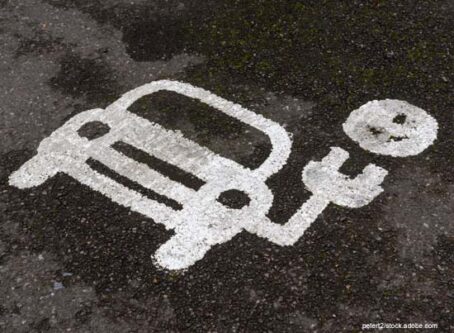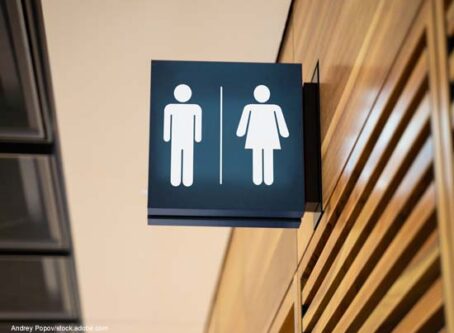Report: Traffic fatalities up in 2020 despite VMT going down
Traffic fatalities went up 8% last year despite reduced travel due to the pandemic, according to the National Safety Council.
In its preliminary semiannual estimates, the National Safety Council calculates that there were 42,060 traffic fatalities in 2020, up from 39,107 the previous year. Broken down per 100,000 population, the fatality rate was 12.8 last year, compared with 11.9 in 2019.
What makes that statistic surprising is the fact that vehicles miles traveled went down from 3.26 trillion miles in 2019 to 2.83 trillion miles last year, a decrease of more than 13%, according to the Federal Highway Administration.
In 2020, that mileage death rate was 1.49 per 100 million VMT. That’s a 24% increase from the 1.20 rate in 2019. According to the National Safety Council, that is the largest one-year increase since the safety group has been collecting data in 1924, nearly 100 years.
The National Safety Council’s data differs from official government numbers released by the National Highway Traffic Safety Administration.
The council calculates both traffic and nontraffic vehicle-related fatalities that occur within one year of the crash. On the other hand, NHTSA’s Fatality Analysis Reporting System (FARS) uses traffic fatalities that occur within 30 days of the crash. According to the National Safety Council, NHTSA’s methodology omits up to 1,000 vehicle-related fatalities that happen after that 30-day window. Another 900 to 1,900 deaths are omitted from FARS by not counting nontraffic fatalities, including those that do not occur on public highways such as parking lots, private roads and driveways.

Based on the National Safety Council’s numbers, traffic fatalities declined in only nine states: Hawaii (minus 20%, 22 fewer deaths), Wyoming (minus 13%, 19 fewer deaths), Delaware (minus 11%. 15 fewer deaths), Nebraska (minus 9%, 23 fewer deaths), Idaho (minus 7%, 16 fewer deaths), New Mexico (minus 4%, 17 fewer deaths), Alaska (minus 3%, two fewer deaths), Maine (minus 1%, two fewer deaths) and North Dakota (minus 1%, one fewer death).
Conversely, a total of eight states, including the District of Columbia, saw traffic fatalities go up more than 15%: South Dakota (33%, 34 more deaths), D.C. (33%, nine more deaths), Vermont (32%, 15 more deaths), Rhode Island (26%, 15 more deaths), Arkansas (26%, 132 more deaths), Connecticut (22%, 56 more deaths), Mississippi (19%, 120 more deaths) and Georgia (18%, 267 more deaths).
Preliminary data only reflects total traffic fatalities nationwide and in each state.
Specific data like vehicle type, time of day and age of driver are not yet available for 2020. NHTSA does not publish annual data until the end of the following year.
According to its website, the National Safety Council is a nonprofit safety advocate that has been around for more than 100 years. It focuses on “eliminating the leading causes of preventable death so people can live their fullest lives.” Specifically, the safety group looks at issues related to the workplace, roadways and impairment. LL









